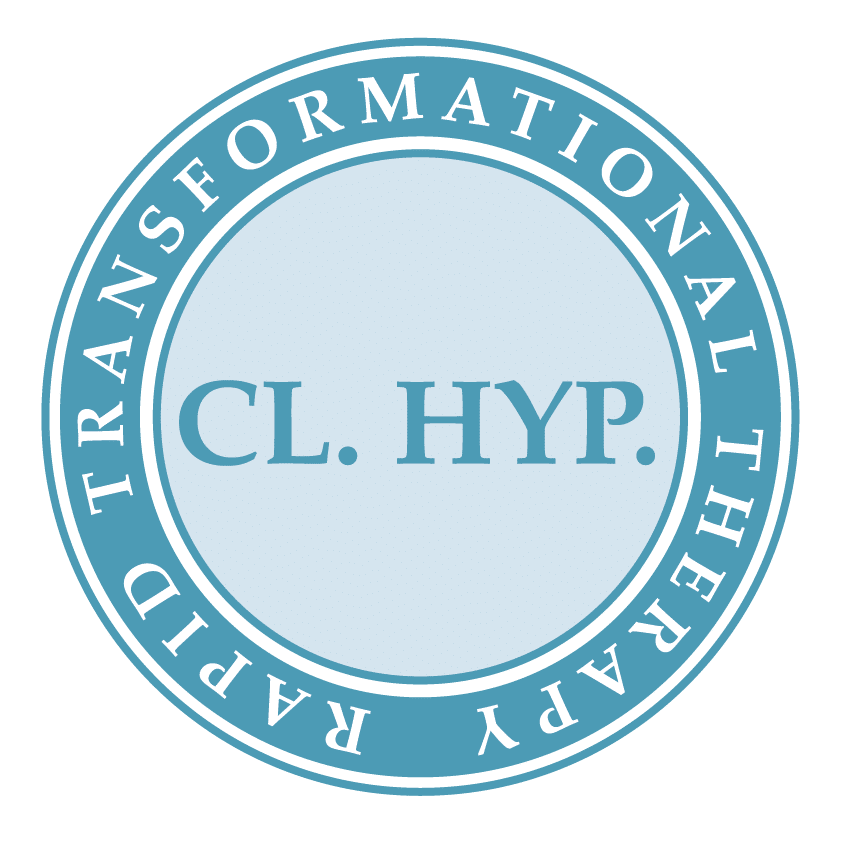NARM in Group Therapy
10 August 2024
In the realm of psychotherapy, the NeuroAffective Relational Model (NARM) has emerged as a transformative approach, particularly in dealing with complex trauma. While NARM is often used in individual therapy, its application in group settings has proven to be profoundly impactful. This blog post delves into what NARM is and how it can be a helpful tool in group therapy, fostering deeper connections, personal growth, and collective healing.
What is NARM?
The NeuroAffective Relational Model, or NARM, is an advanced therapeutic approach designed to address the effects of early, relational, and developmental trauma. Developed by Dr. Laurence Heller, NARM integrates elements from psychodynamic therapy, attachment theory, somatic therapies, and mindfulness practices. The core of NARM lies in its focus on the interplay between a person’s identity and their capacity for connection, emphasizing the present moment over delving into past traumas.
NARM operates on five core needs or “survival styles,” which represent adaptations individuals make in response to early life experiences. These are:
- Connection: The need to feel a sense of belonging and contact with others.
- Attunement: The need to feel understood and have one’s needs met.
- Trust: The need to feel safe with others and in relationships.
- Autonomy: The need to feel free to express oneself and set boundaries.
- Love-Sexuality: The need to feel fully alive, both in a loving and sexual sense.
These survival styles often result in adaptive strategies that, while protective in the past, can become limiting or destructive in adulthood.
NARM in Group Therapy: Creating a Safe and Healing Environment
Group therapy is a powerful modality in psychotherapy, offering individuals the opportunity to connect with others who share similar experiences, fostering a sense of community, and providing multiple perspectives. Integrating NARM into group therapy enhances these benefits by promoting deeper relational work and personal insight.
Here’s how NARM is particularly helpful in a group therapy setting:
- Building Trust and Safety One of the primary focuses of NARM is to create a safe relational space where individuals can explore their experiences without fear of judgment or rejection. In group therapy, this is crucial as trust among group members is foundational for meaningful work to occur. NARM encourages participants to engage with each other from a place of curiosity and compassion, fostering an environment where members can feel safe to be vulnerable.
- Enhancing Self-Regulation NARM emphasizes helping individuals become aware of their physiological and emotional responses, particularly when triggered by relational dynamics. In a group setting, participants can observe how their survival styles show up in real-time interactions, allowing for immediate processing and feedback. This enhances self-regulation as group members learn to manage their responses more effectively, leading to greater emotional resilience.
- Fostering Authentic Connection At its core, NARM is about reconnection—both with oneself and others. Group therapy naturally facilitates this reconnection by providing a space where members can share their experiences and witness those of others. Through NARM, group participants learn to recognize and challenge the adaptive strategies that hinder authentic connection. This process can lead to profound moments of empathy and understanding within the group, deepening the sense of belonging and mutual support.
- Promoting Collective Healing Trauma often leaves individuals feeling isolated and disconnected from others. Group therapy, combined with NARM, counters this by creating a shared space for healing. As group members explore their survival styles and the underlying unmet needs, they often discover commonalities with others in the group. This shared understanding can be incredibly validating and can help reduce feelings of shame and isolation. The collective healing that occurs in such a setting can be a powerful antidote to the loneliness often associated with trauma.
Supporting Empowerment and Autonomy NARM is designed to help individuals move from a state of survival to one of thriving by reclaiming their sense of agency and autonomy. In a group setting, this process is amplified as members witness each other’s growth and resilience. The group dynamic offers a supportive environment where individuals can experiment with new ways of being and relating, receiving encouragement and constructive feedback from others. This can be incredibly empowering and can lead to significant personal growth and transformation.
The integration of NARM into group therapy offers a unique and powerful approach to healing, particularly for those dealing with the complexities of developmental and relational trauma. By focusing on the present moment and the relational dynamics within the group, NARM helps individuals build trust, enhance self-regulation, foster authentic connections, and ultimately, experience collective healing. NARM in a group therapy setting can be a transformative journey toward greater self-awareness, connection, and empowerment.
Click on the link below to read about Stefanie’s therapy group for women with CPTSD where she applies the NARM principles.



